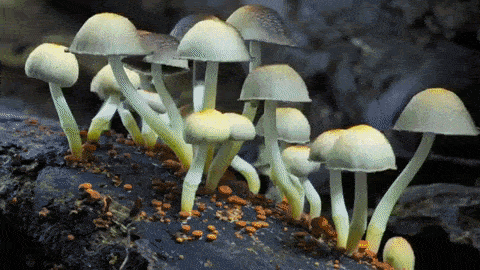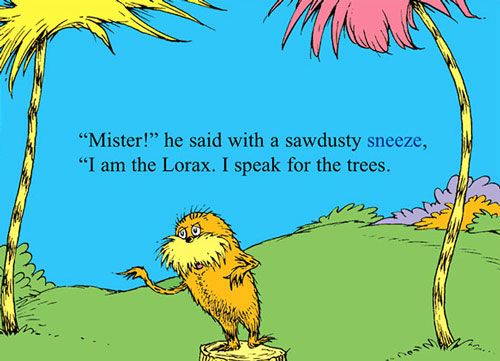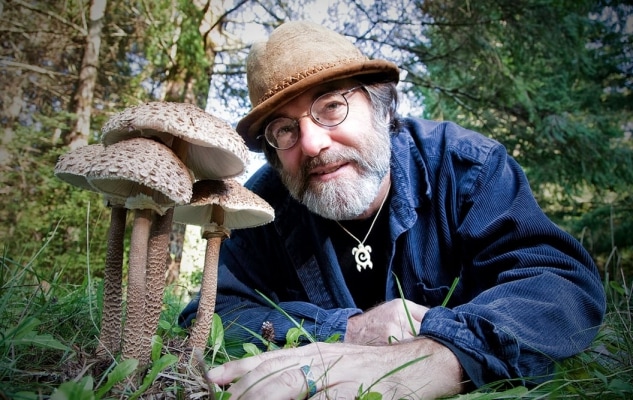Deforestation, climate change, wildfires, rising sea levels and pandemics all reflect an insatiable global desire to produce, manufacture and expand. Often harmful processes are used without a second thought. Then, contaminating and toxic materials are deposited back into the Earth, desecrating it further. As the population continues to grow, it can feel like we’re trapped in a nightmarish cycle of acquisition followed by almost immediate trashing.
There must be another way…
There must be….
Mushrooms.
Can Mushrooms Save The Environment?
Yes — shrooms, mushies, fungi whatever you want to call them, once again they could be the answer. We’ve covered their potential as a mental health treatment, an immune-boosting, cancer-fighting ally, and even as a fashion solution! But now it is time to look into our fungi friends for reasons further than our internal human issues. Can we open our minds to see their potential to save our world as well as our minds?
Historically, mushrooms have been overlooked by scholars of plant and animal life, existing somewhere in the middle of the family tree, and associated with death, decay and disease. The irony is that these plucky organisms might be just the candidates to treat the death, decay and disease that humanity has brought upon the Earth.
What Is Mycoremediation?
A burgeoning process called Mycoremediation could be the game changer. Mycoremediation is a type of bioremediation process that uses fungi to decontaminate a polluted environment. These environments are usually soil, waterways or other natural sites that have been damaged by contaminants such as petroleum fuels, oil spills, pesticides, herbicides, pharmaceuticals, dyes and heavy metals,
Unsurprisingly, one of the biggest advocates for Mycoremediation is our favourite Mycologist Paul Stamets. Like the Lorax who ‘speaks for the trees for the trees have no tongues’, Stamets has become something of a mushroom mouthpiece. And thank goodness, because it seems like the fungi kingdom has a lot to teach us.
Testing Begins At Home
Stamets was practicing Mycoremediation before it became wider knowledge. In 1984 he bought a 20 acre farm with help via loans from relatives. It boasted cows, a tumble-down farm house and a waterfront. However, what Stamets soon found out, after a visit from the local sheriff, was that the waterfront also boasted E. coli from local sewage and, it was his responsibility to fix it by installing a high tech septic system. Stamets, not yet the successful entrepreneur he is today, couldn’t afford it. He searched for alternatives.
Luckily, from the years he had spent studying mushrooms, he had some ideas. He knew that mushroom mycelia (the wispy root-like web below ground) releases antibacterial compounds. He also suspected that this wispy mycelium could act as a filter after looking at its microscopic structure. So, he decided to test his theory.
At the top of the marshy land by the property, Stamets dropped truckloads of wood chips that he had infused with a mycelium infused substrate (or spawn). In a few weeks mycelium had thoroughly colonised the area. Soon the bed was alive with edible mushrooms. A year after the initial sheriff’s visit, Stamets was told that his septic system was no longer causing pollution. The harmful bacteria levels measured one hundred times less.
By 1998 Stamets was helping the Washington State Department decontaminate diesel polluted soil with his myceliated wood chips. Soon after, he was assisting the Environmental Protection Agency and the Coast Guard combat waterborne oil spills with oyster mushrooms. Stamet’s methods were successful.
Community Healing
In 2017, after the devastating wildfires in Northern California, record breaking levels of air pollution and highly toxic ash were left behind — poised to contaminate 700,000 locals drinking water. A counsel of ecologists, fire remediators and locals decided to solve it with mushrooms. So, The Fire Remediation Action Coalition placed 40 miles of tubes filled with straw which was inoculated with oyster mushrooms along hillsides, roads and parking lots. The contaminated water would be diverted by the tubes and then ‘cleaned’ by the mycelium. There are many similar stories of communities getting together to heal their homes with mushrooms.
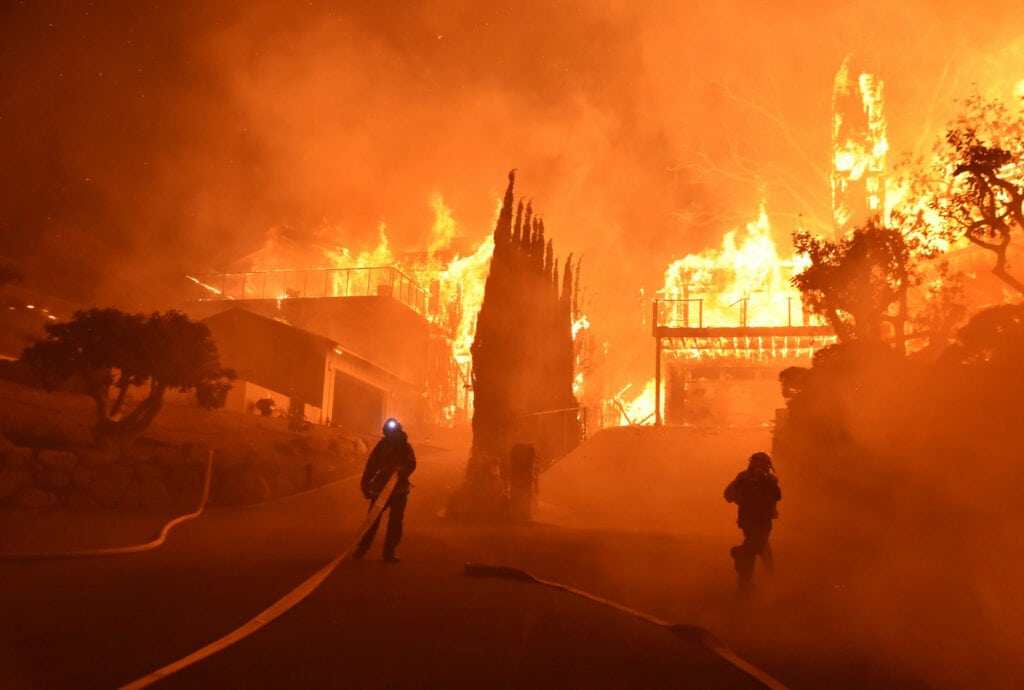
The problem is, despite the evidence, there is little funding. Many state-funded clean-ups have a limit on how long the contaminant can stay on the site — meaning that slightly slower processes (like the mushroom method) are rarely considered. Unfortunately, more common is the ‘scrape and burn’ method, where the polluted area is dug up and burnt, often causing more damage to the terrain. Done properly, Mycoremediation renews the environment, as well as being cheaper and less harmful.
But How Do Fungi Do It?
Mushrooms digest their food externally, using powerful enzymes. These enzymes are non-specific — meaning they’ll eat anything. Plastic, paracetamol, things that bacterias often used in traditional bioremediation can’t. Mycologist Peter McCoy states;
“They’re sort of nature’s greatest decomposers, disassemblers, by far better than and more powerful than bacteria, animals, and plants. They break all kinds of stuff down.”
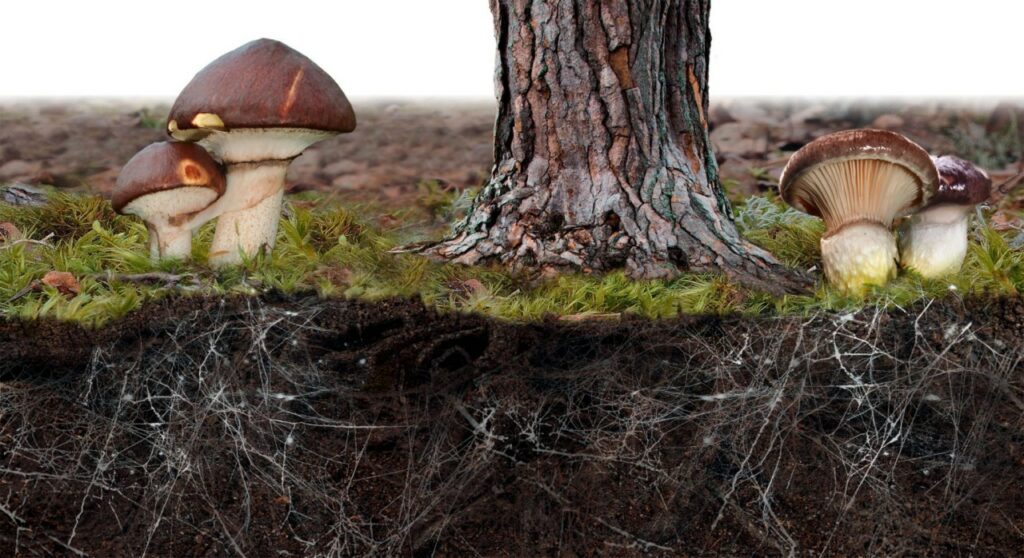
Right now they’re munching on a crude oil spill in the Ecuadorian Amazon… and it’s looking promising. Fungi can teach us a lot about how to care for our home. They keep “the long-term health of the host environment in mind.” according to Paul Stamets.
And, also according to Mr Stamets, these are all the things that Mycroremediation can help humanity to solve:
Environmental Cleanup
Mushroom mycelia could detoxify runoff from storm drains, farms or logging roads. They can be used to filter the nitrates, pharmaceutical residues and endocrine disruptors that damage ecosystems and human health.
Wastewater Filtration
Fungi could be used to absorb radiation or to break down petrochemicals from contaminated soil and water.
Pesticides
Bug killing fungi could be used to target damaging species while remaining safe to others.
Medicines
Mushrooms could be used to produce new antiviral, antibiotic, and immune-boosting compounds. Even chemotherapies are possible.
Agriculture
Adding mycorrhizal fungi (a category of fungi that creates a symbiotic relationship with plant roots via its hyphae) to soil could enhance crop yields instead of toxic chemical fertilizers.
Forestry
Planting symbiotic mushroom species in forests could hurry reforestation in clear-cut (completely removed) woodlands.
Famine Relief
Using just salt-water soaked straw or wood chips, mushrooms could be grown for food at high speeds in refugee camps and disaster zones.
Biofuels
Growing mushrooms for biodiesel would require much less soil, land, and other resources than more common cultivated fuel crops.
Space Travel (!)
Because of their ability for soil creation, and the fact that many species of mushroom can tolerate radiation. This means that in theory, they could be grown by interstellar voyagers and used to terraform (make habitable for humans) other planets.
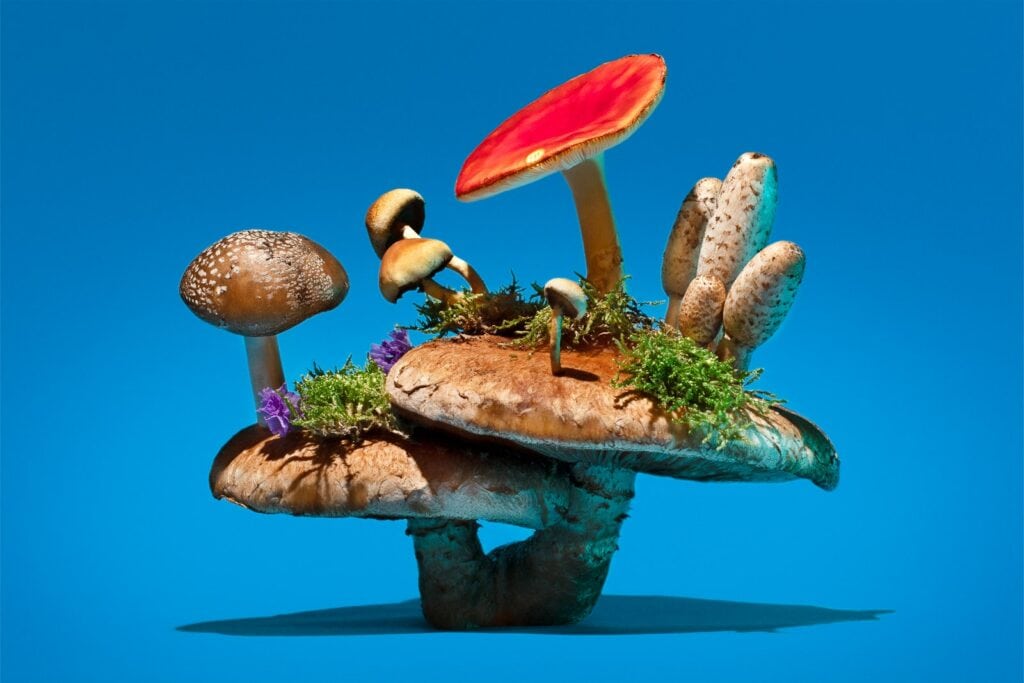
Pretty crazy huh? Seems like fungi really could save the world, if we can just give shrooms a chance…

